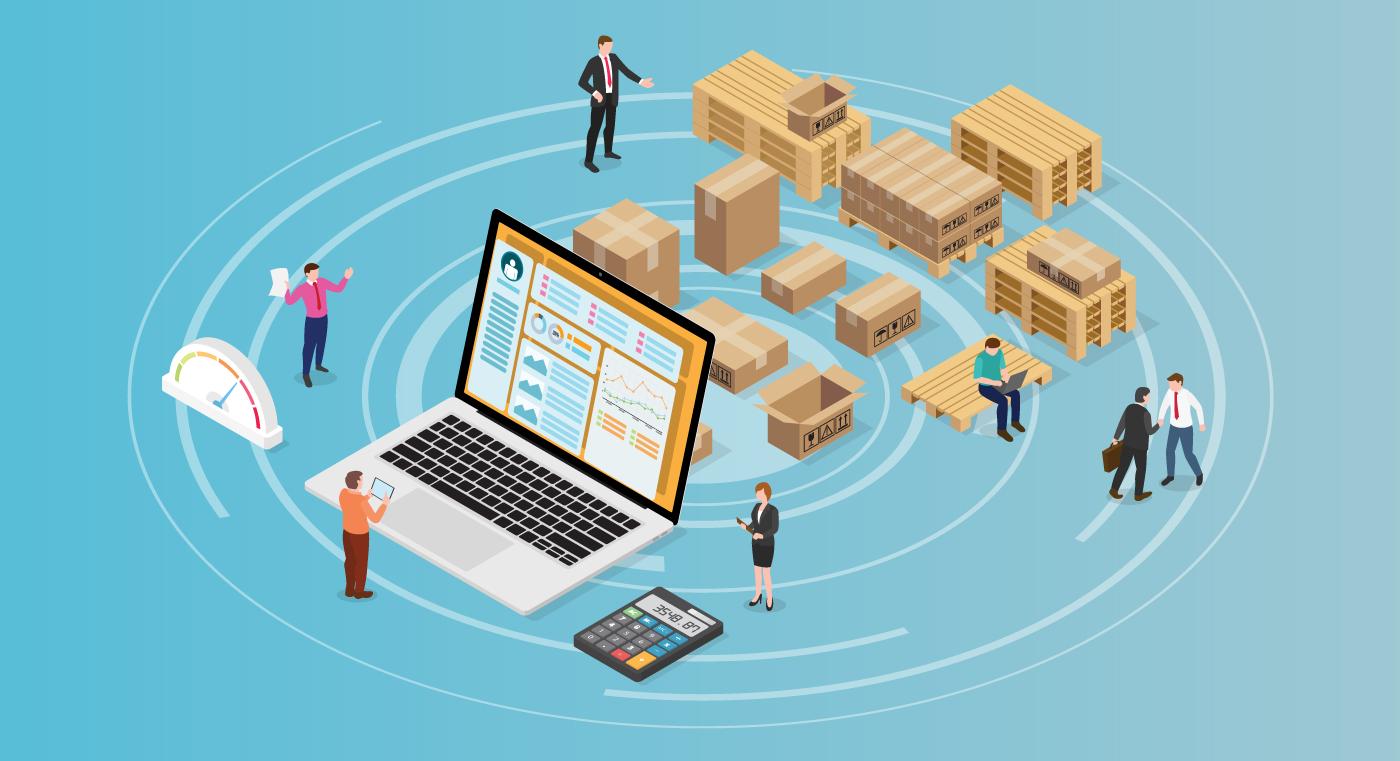Logistic Software Market Report, Competitive Landscape & Innovations 2035

While the focus is on the global market, a specific examination of a key emerging region like Latin America, as would be covered in a Logistic Software Market Latin America-style report, provides a compelling view of how digital logistics is enabling economic growth in a complex environment. The Latin American market for logistic software is at a major inflection point, poised for rapid and significant growth. This acceleration is being driven by the explosive growth of e-commerce, the increasing integration of Latin American businesses into global supply chains, and a pressing need to overcome the region's historical logistical challenges. As companies in major economies like Brazil, Mexico, and Colombia seek to improve efficiency, reduce costs, and meet the rising expectations of consumers, the adoption of modern Transportation Management Systems (TMS), Warehouse Management Systems (WMS), and visibility platforms is becoming a strategic priority. The global market's impressive growth projections are heavily reliant on the successful digitalization of such large and dynamic regions. The Logistic Software Market size is projected to grow USD 25.42 Billion by 2035, exhibiting a CAGR of 8.00% during the forecast period 2025-2035. Latin America represents a significant and highly attractive long-term growth frontier for global software vendors who can successfully adapt their solutions to the region's unique operational and regulatory landscape.
The primary drivers for the adoption of logistic software in Latin America are compelling and deeply rooted in the region's economic reality. The most powerful driver is the e-commerce boom, led by regional giants like Mercado Libre. As millions of consumers move online, it creates immense pressure on the logistics infrastructure to handle a massive increase in small parcel deliveries. This has fueled a strong demand for last-mile delivery optimization software, warehouse management systems for e-commerce fulfillment centers, and platforms for managing returns logistics. Another key driver is the complexity of cross-border trade and customs regulations within the region. Software that can help companies automate customs documentation and ensure compliance with the different trade regulations of each country is incredibly valuable. Furthermore, the region's high incidence of cargo theft creates a strong demand for real-time visibility and tracking platforms that can help companies monitor their high-value shipments in transit. The need to bring greater efficiency and formalization to a logistics sector that has often been fragmented and informal is a powerful undercurrent driving the adoption of modern software tools across the board.
Despite the strong demand, the Latin American market presents a formidable set of challenges that software vendors must overcome. The most significant is the extreme complexity and constant evolution of tax and fiscal regulations, particularly in Brazil. Any logistics software must be deeply localized to handle the intricate requirements for electronic invoicing and transportation documents (like the CT-e and MDF-e in Brazil), which is a major technical and ongoing maintenance challenge. The quality of infrastructure, including roads and ports, can be highly variable, and software solutions must be robust enough to handle these real-world constraints. The logistics market itself is also highly fragmented, with a long tail of small and medium-sized trucking companies and warehouse operators. To succeed, software vendors must have a deeply localized product. This requires a significant investment in understanding and complying with the unique regulations of each country. A successful go-to-market strategy almost always relies on building a strong network of local reseller and implementation partners who have the on-the-ground presence and trusted relationships to sell and support the software effectively. Pricing models must also be flexible and often offered in local currencies to be viable in an economically volatile region. The Logistic Software Market size is projected to grow USD 25.42 Billion by 2035, exhibiting a CAGR of 8.00% during the forecast period 2025-2035.
Top Trending Reports -
- Art
- Causes
- Crafts
- Dance
- Drinks
- Film
- Fitness
- Food
- Juegos
- Gardening
- Health
- Home
- Literature
- Music
- Networking
- Other
- Party
- Religion
- Shopping
- Sports
- Theater
- Wellness


